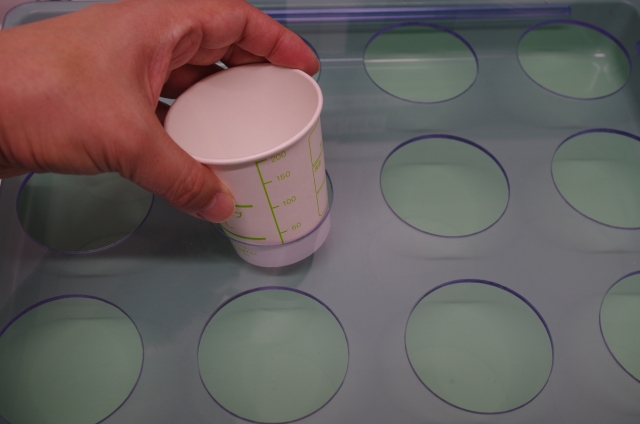1. Two Methods of Measuring Ketones
There are two main ways to measure ketones to assess the risk of diabetic ketoacidosis (DKA): urine tests and blood tests. Both are useful, but they differ in terms of accuracy and real-time reflection.
2. Urine Ketone Test
– Principle: When ketones increase in the blood, they are excreted by the kidneys into the urine. A test strip is used to check for the presence and concentration of these ketones via a color change.
– Advantages: It is inexpensive, simple, and widely used.
– Disadvantages:
– Not Real-Time: Since urine is produced and stored in the bladder before being expelled, urine ketone levels can reflect the blood ketone status from several hours ago, not the current state. This time lag can be dangerous as DKA can progress rapidly.
– Inaccuracy: The concentration can vary depending on the body’s hydration status.
3. Blood Ketone Test
– Principle: Using a portable meter similar to a blood glucose meter, it directly measures the level of a specific ketone (beta-hydroxybutyrate) in a small drop of blood from a fingertip.
– Advantages:
– Real-Time Accuracy: It directly measures the current ketone concentration in the blood, providing the most accurate and real-time reflection of the body’s state. It is considered the ‘gold standard’ for the diagnosis and treatment monitoring of DKA.
– Disadvantages: The meter and test strips are more expensive than urine tests.
4. When to Use What?
While a simple urine test can be used for routine monitoring, in an emergency where blood sugar is very high and DKA is strongly suspected, the blood ketone test is preferred as it shows the current state most accurately.
Summary: A blood ketone test provides the most accurate, real-time picture of the body’s current ketone status, whereas a urine ketone test can reflect a past state, creating a time lag. Therefore, in terms of accuracy, the blood ketone test is superior.


Leave a Reply